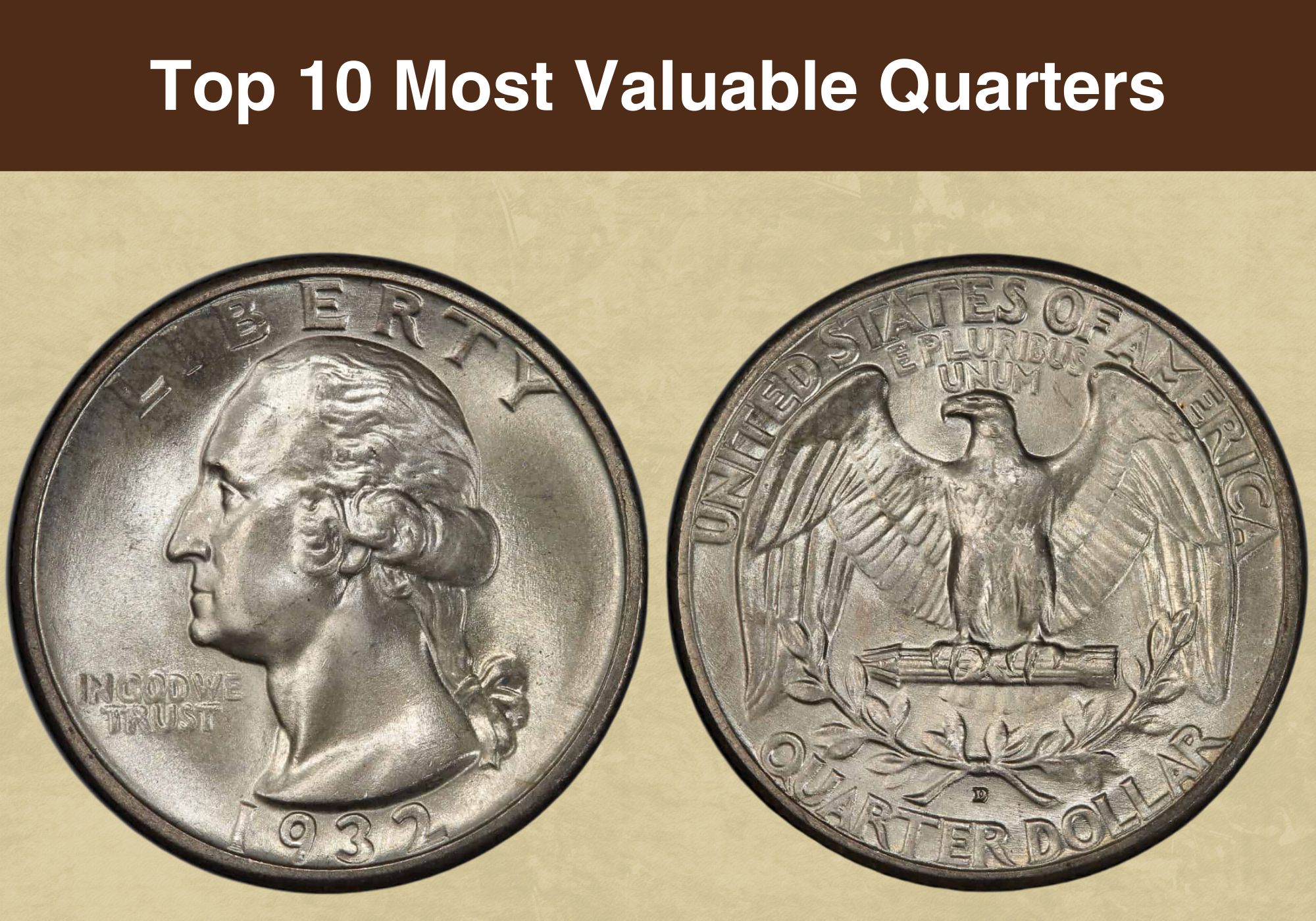
In the world of coin collecting, the highest prices are usually reserved for coins in pristine condition. But there are coins that are worth much more than their face value, even if they’ve been handled and used. And we’re going to take a look at some of them!
We’ll investigate some of the most valuable quarters in circulation. We’ll explain how to spot one, and what makes them interesting to collectors.
So if you’re ready to learn more, step this way!
Most Valuable Quarter Coins in Circulation
1. 2019-W and 2020-W Washington Quarters
The Washington quarter was produced between 1932 and 1964. It takes its name from the image of the former president, George Washington, which appears on its obverse.
In modern times, the Mint has made available proof and mint state coins of all denominations in large numbers for collectors. Most coins released into circulation are made in huge quantities, and aren’t usually worth more than their face value.
But in 2019, the Mint decided to take a new approach with some quarters. Two million were struck at the West Point mint facility in each of five different designs. And rather than being made available to order, they were released for circulation mixed in with coins from the other facilities.
The approach continued in 2020, but then stopped. No quarters with the W mintmark have been produced since.
At present, the PCGS doesn’t offer values for these coins in circulated condition. But the low mintages and short life of the West Point mint’s involvement mean these could be the collectables of the future.
Check 2019 And 2020 Quarter History, Variety Price Chart & Errors List
2. 1932-D Washington Quarter
The 1932 mintage was the first of the Washington quarter series, and was minted in Philadelphia, Denver, and San Francisco. The numbers produced in the latter two mint facilities were unusually low. Only 436,800 quarters were struck in Denver, and only 408,000 in San Francisco.
You can identify a Denver quarter by its “D” mintmark. This appears on the reverse of the coin, just above the letters “ER” of “QUARTER”. Today, only 44,000 1921 Denver quarters are believed to survive.
Coins are graded from 1 to 70. A coin graded 1 will be in very worn condition, with just enough detail visible to identify its year and denomination. At the other end of the scale, a coin graded 70 is flawless. And coins graded 60 to 70 are mint state.
The highest prices go to mint state coins – that is, those that have never been circulated. But if you find a 1932 Denver quarter in your pocket change, it’s still worth a whole lot more than its face value.
Quite how much more depends on its condition. The independent coin graders, the PCGS, places the value of a 1932 Denver quarter graded 2 at $70. That increases to $100 for a coin graded 6, and $180 for a coin graded 30.
Interestingly, coins in the very worst condition carry a premium. The PCGS values a 1932 Denver quarter graded 1 at $225.
If you’re lucky enough to find a coin in good enough condition to be “about uncirculated”, the value is much higher. These coins are almost as bright and unworn as if they’d never been used. They’re graded around 55 on the PCGS scale. And a coin graded 55 is valued at $525.
Check 1932 Quarter History, Variety Price Chart & Errors List
3. 1932-S Washington Quarter
The 1932 quarter struck in San Francisco had the lowest mintage of any Washington quarter. Just 408,000 coins were struck. Today, far fewer– just 40,000 – are believed to survive.
It’s estimated that 12,000 of the survivors are mint state coins, and only 500 are graded MS65 or above. These ultra-fine coins are referred to as “gem quality”.
But if you find a 1932 Washington quarter with an S mintmark in your pocket change, it’s still worth very decent money. The mintmark appears on the reverse, between the laurel wreath and the word “QUARTER”.
The lowest grade to be certified by the PCGS is 2, and again it carries a slight premium in value over coins graded 3. A 1932 San Francisco quarter graded 2 is valued at $85, while one graded 3 is worth around $65.
From there, values increase with the quality of the coin. If you’ve found a rare coin in your pocket change, getting it valued will increase the amount collectors are willing to pay. But that comes at a cost. The PCGS charges $40 a time for its “regular” grading service, plus shipping.
It could be worth it, however, for coins in better condition. The PCGS places the value of a 1932 quarter graded AU55 at $285. That rises to $360 for a coin graded AU58+ – so small margins can make a big difference to value.
Check 1932 Quarter History, Variety Price Chart & Errors List
4. 1937-S Washington Quarter
The quarter minted in San Francisco in 1937 had the third lowest mintage of the whole series of Washington quarters. Only the 1932 Denver and San Francisco mintages were lower. As a result, collectors are prepared to pay a premium to acquire them.
Values are much more modest than for the 1932 examples, however. A coin graded 3 is worth around $8, while those graded from 4 to 15 are all valued at $9 by the PCGS.
At “very fine” 20, that value rises to $16, and increases steadily from there. An “extremely fine” coin graded 45 is worth about $100. And rarer “about uncirculated” examples graded 58 are valued at $165.
Check 1937 Quarter History, Variety Price Chart & Errors List
5. 2004-D Wisconsin 50 States Quarter, Extra Leaf, Low
The US Mint produced a series of quarters between 1999 and 2008 commemorating each of the states. The series is known as the 50 State quarters. While they’re very attractive, most aren’t worth more than their face value in circulated condition.
There are, however, two exceptions. Those are sub-sets of the 2004 quarters struck in Denver that honor the state of Wisconsin.
The design on the reverse of all Wisconsin quarters features a husk of corn. But some of them have an error that appears to add an additional leaf to the husk.
What’s more, there are two different versions of this error. In some of them, the extra leaf points downwards, its lower tip touching a wheel of cheese below. In others, the leaf points upwards from the wheel of cheese, disappearing behind another leaf.
The two varieties are known as “Extra leaf, low” and “Extra leaf, high”.
This kind of error usually results from a metal shaving accidentally getting stuck to the die. But the fact that there are two additions in similar positions has given rise to the theory that the “extra leaf” was added on purpose.
227 million Wisconsin quarters were struck in Denver in 2004, but far fewer have the extra leaf. Of the two variants, the low leaf is the more common.
Find one of these quarters graded 30, and the PCGS says it’s worth $38. That increases to $60 for a coin graded 45, and $80 for one graded 55.
Check 2004 Quarter History, Variety Price Chart & Errors List
6. 2004-D Wisconsin 50 States Quarter, Extra Leaf, High
As you’d imagine, the rarer variant of the 2004 Denver quarter with the extra leaf is worth more. But how much more?
Well, the difference isn’t huge. And as always, the better the quality and condition of the coin, the more valuable it will be.
If you find a coin with the additional leaf pointing upwards, it will be worth around $45 graded 30. Coins graded 30 are considered “very fine”. They show wear across the whole surface, and some of the finer elements of the design are starting to flatten out.
Coins graded 45 still fit into the “very fine” category. But they show wear only on the high points of the design, and some of the coin’s luster may still be visible. That difference adds about $30 to the coin’s value.
And for an “about uncirculated” example graded 55, the value rises to around $105.
Check 2004 Quarter History, Variety Price Chart & Errors List
7. 1934 Washington Quarter, Double Die Obverse
A “double die obverse” is a type of error that originates in the manufacture of the die used to strike the coins. The die has to be struck more than once to capture every detail of the design. But if there’s any movement between strikes, a double image is produced.
That double image is then transferred onto every coin struck by the die. If the error occurs on the die with the obverse image, it’s known as a “double die obverse” or DDO.
Some of the Washington quarters struck in Philadelphia in 1934 have the most dramatic doubling of any of the series. It’s most obvious on the motto, “IN GOD WE TRUST”, but it’s also visible on the word “LIBERTY”.
Even in poor condition, this error coin can be worth good money. The PCGS places the value of an example graded 2 at $45, with that value doubling for a coin graded 10.
An “extremely fine” example graded 45 is worth around $235, while an “about uncirculated” specimen graded 10 points higher is worth around $440.
Check 1934 Quarter History, Variety Price Chart & Errors List
8. 1943 Washington Quarter, Double Die Obverse
While the 1934 Washington quarter struck in Philadelphia may have the most dramatic doubling of the series, it’s not the rarest. That honor goes to the quarter struck at the same mint facility nine years later.
The Philadelphia mintage of the 1943 Washington quarter was a shade under 100 million coins. But examples with the double die obverse error are few and far between. That means they’re worth much more than their face value, regardless of their condition.
The doubling here is prominent enough to be seen without needing a microscope or loupe. Look for it on the motto “IN GOD WE TRUST”, the “LIB” of “LIBERTY”, and the date.
The lowest grade for which the PCGS provides a value is 3. Coins of this quality are worth in the region of $135.
Values tip into four figures – $1,050 – for a coin graded “fine” 15. A “very fine” example graded 25 is valued at $1,900, and an “extremely fine” coin graded 45 is $3,000.
And if your coin is just below uncirculated condition, it will be worth serious money. A 1943 Washington quarter with a double die obverse graded “about uncirculated” 58+ is valued at $8,500.
Check 1943 Quarter History, Variety Price Chart & Errors List
9. 1950-S/D Washington Quarter
The 1950-S/D (“S over D”) Washington quarter is one of two variants with overpunched mintmarks produced that year. There’s also a D/S (“D over S”) – and we’ll learn more about that shortly.
Both variants survive in circulated condition in similar numbers. The S/D, however, is more common in mint state. But why does it exist?
The theory goes that the Philadelphia mint facility received an order from the San Francisco mint for more dies. Being one die short of the number required to fulfil the order, it’s believed that a die originally destined for Denver was overpunched with an “S”.
In coins with minimal wear, both mintmarks are clearly visible. But because they’re so small, you might find you need a microscope or loupe to spot them.
The effort could be worth it. A standard 1950 San Francisco quarter in circulated condition is worth $6 or $7. But even an S/D coin graded 3 is valued at $26. A coin graded “fine” 15 is worth about $85, and a “very fine” example graded 25 is around $120.
For an “extremely fine” quarter graded 45, the value is $210. And an “about uncirculated” quarter graded 55 is worth around $325.
Check 1950 Quarter History, Variety Price Chart & Errors List
10. 1950-D/S Washington Quarter
The second 1950 quarter with a repunched mintmark is the D/S. And it’s thought that its creation was again the result of the Philadelphia mint needing an extra die to complete an order. In this case, though, a die destined for San Francisco was overpunched with the Denver mint mark.
The Denver mint struck far more Washington quarters in 1950 than San Francisco – over 21 million compared to over 10 million. But mint state examples with the D/S overpunched mintmark are nevertheless scarcer than for the S/D.
In total, there are thought to be around 20,000 survivors with the D/S error. And values for coins in circulated condition are similar to those for the S/D variant. A coin graded 3 is worth about $26, rising to $70 at 15, $90 at 25, $140 at 45m and $220 at 55.
Check 1950 Quarter History, Variety Price Chart & Errors List
Most valuable quarters in circulation
We hope you’ve enjoyed our list of the most valuable quarters in circulation! These coins prove that it’s not only uncirculated coins that are prized by collectors.
Both key dates and error coins can be worth far more than their face value. So invest in a loupe or microscope, and look for doubling on the obverse of coins, or overpunched mintmarks.
Good luck in your search!

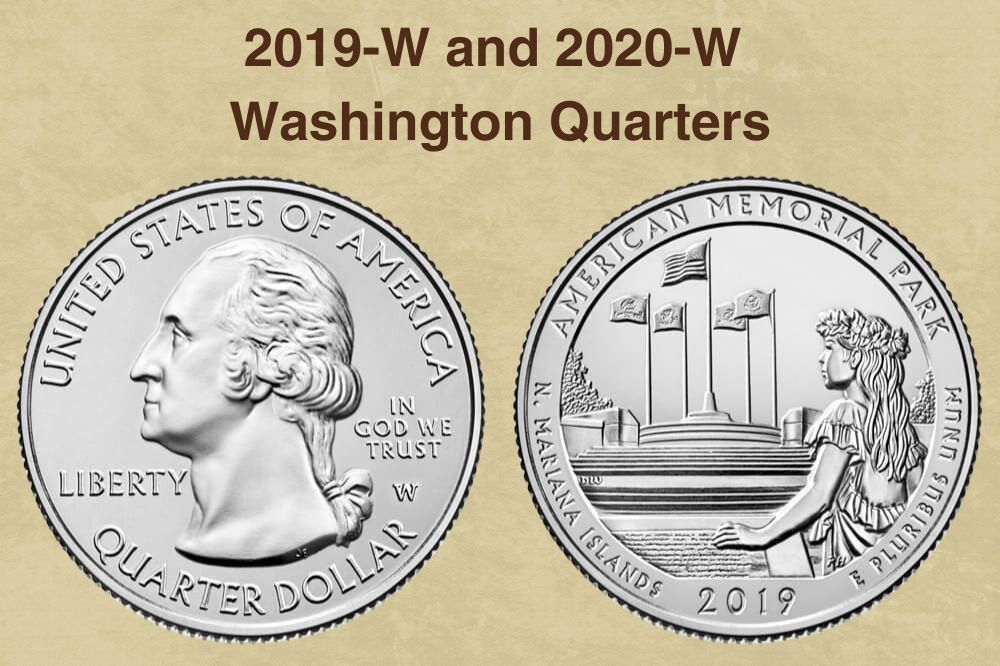
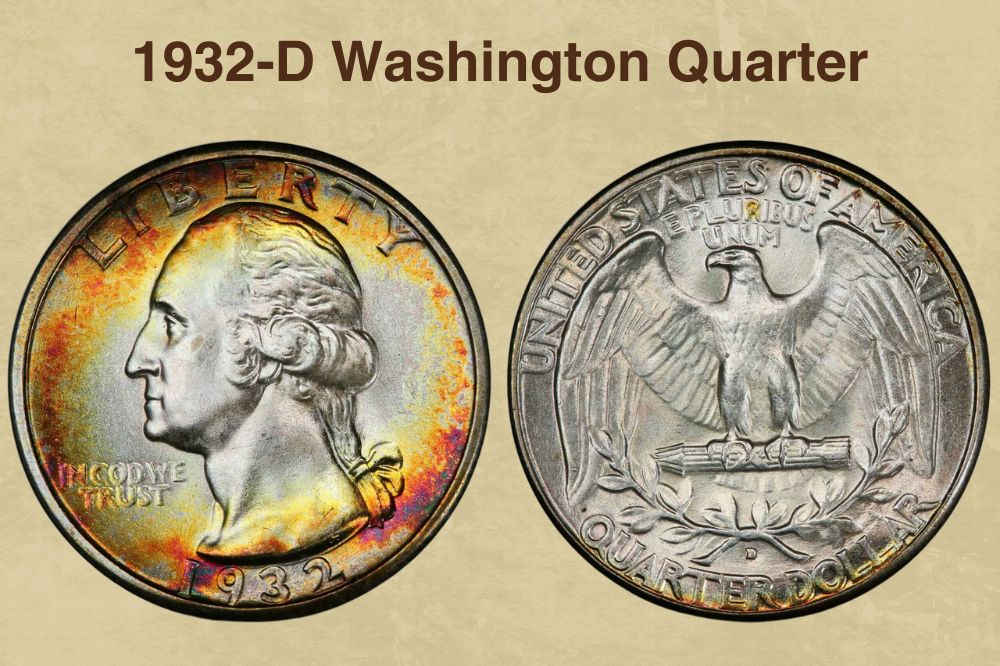
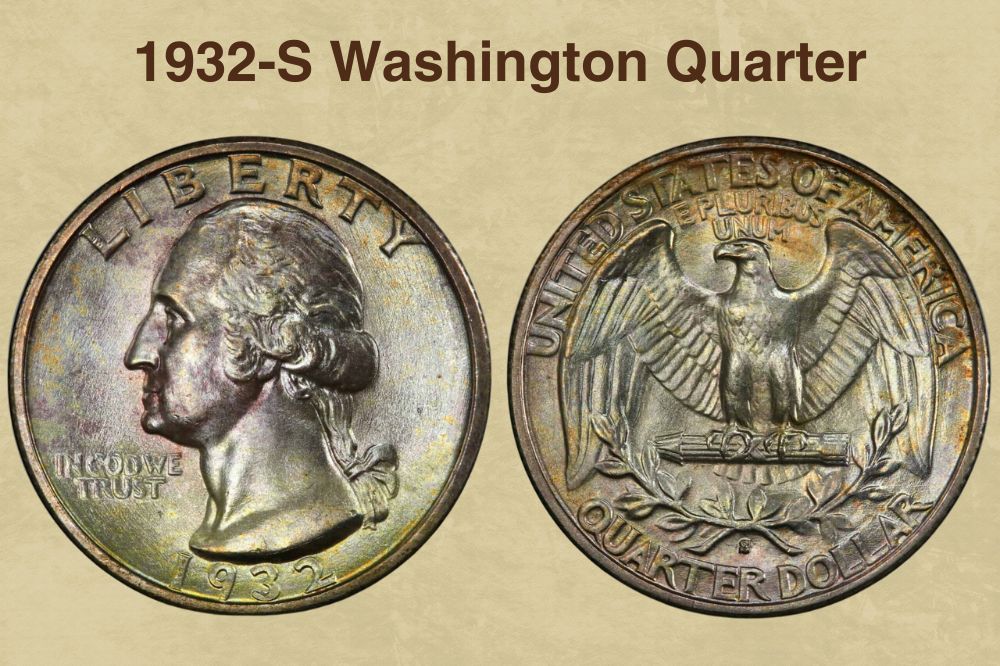
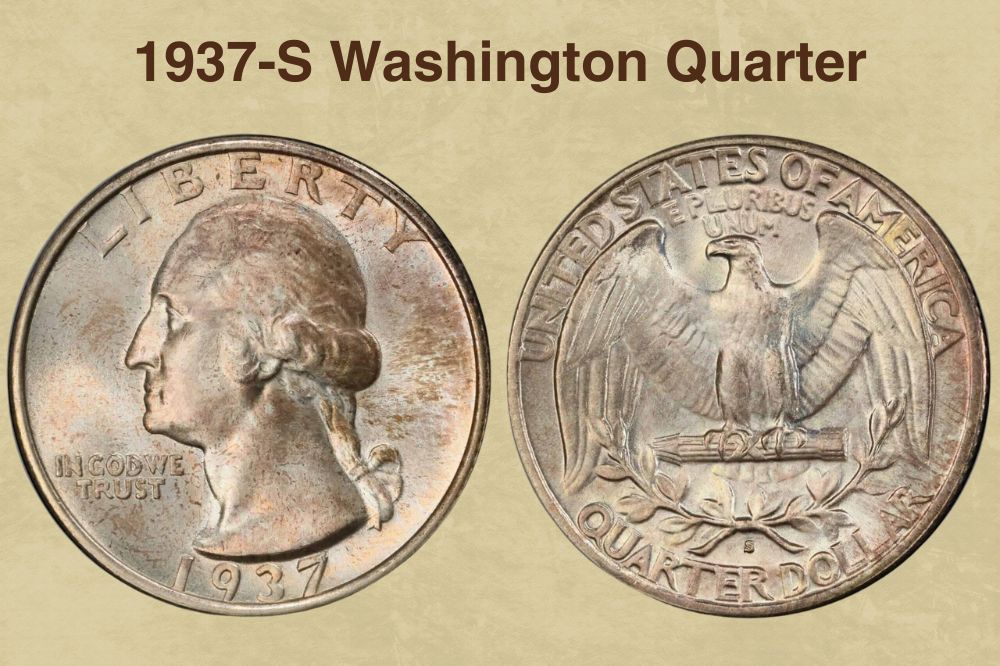
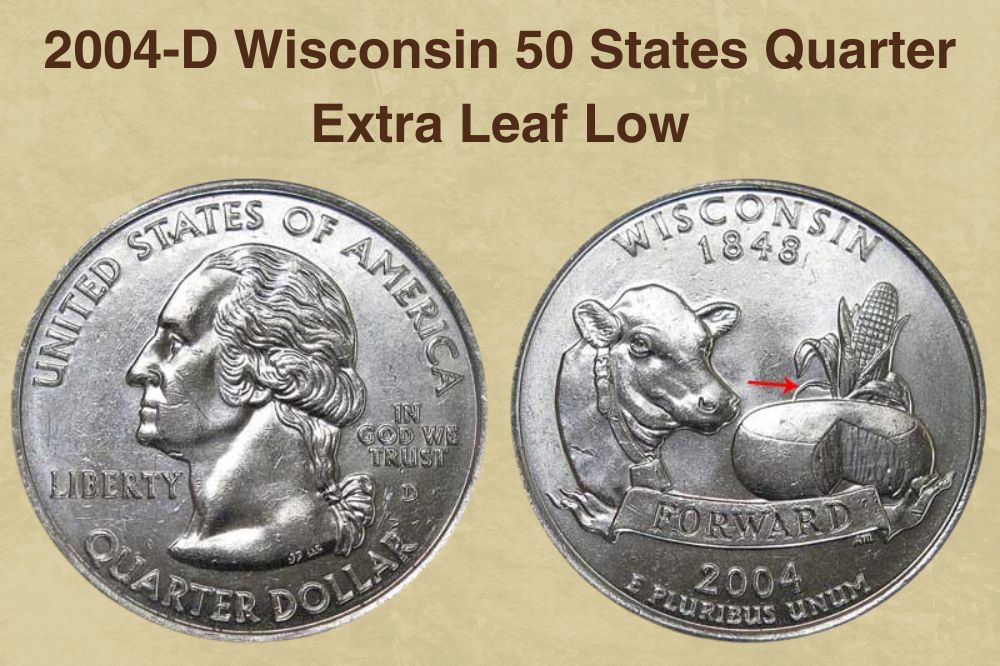
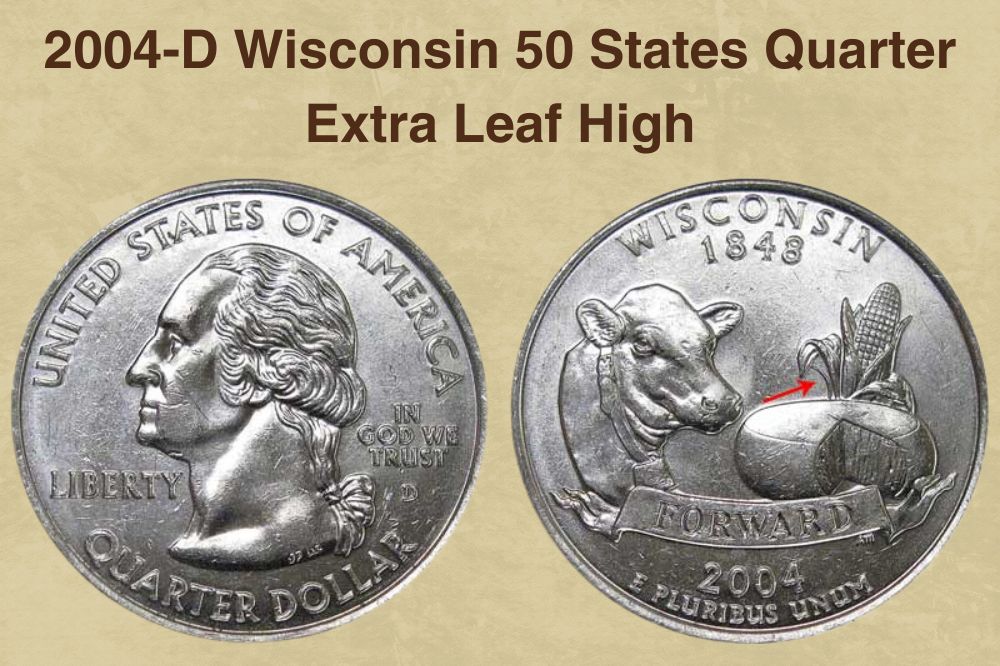
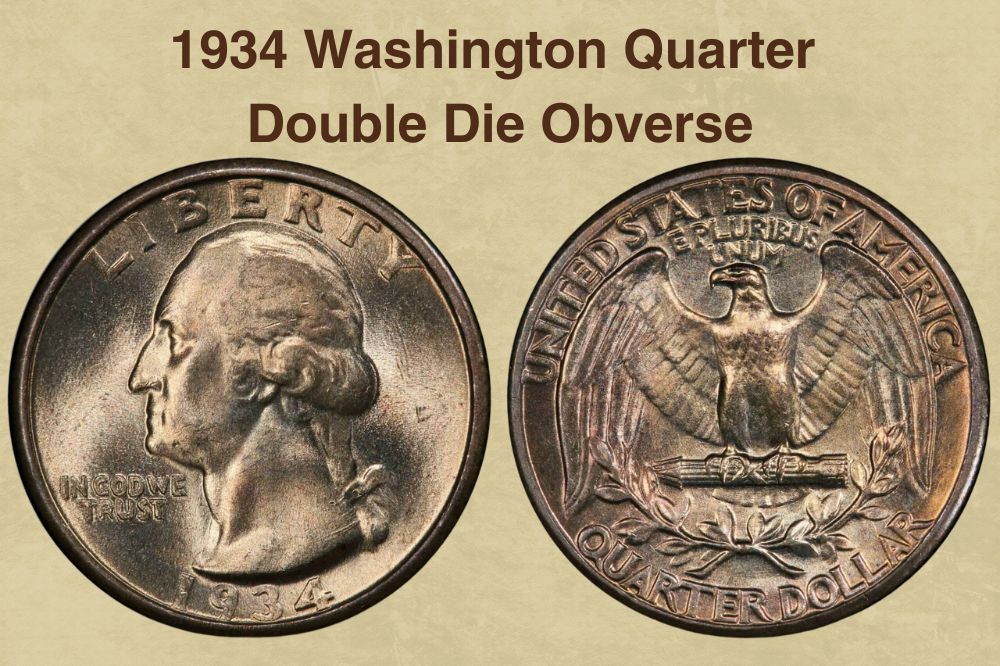
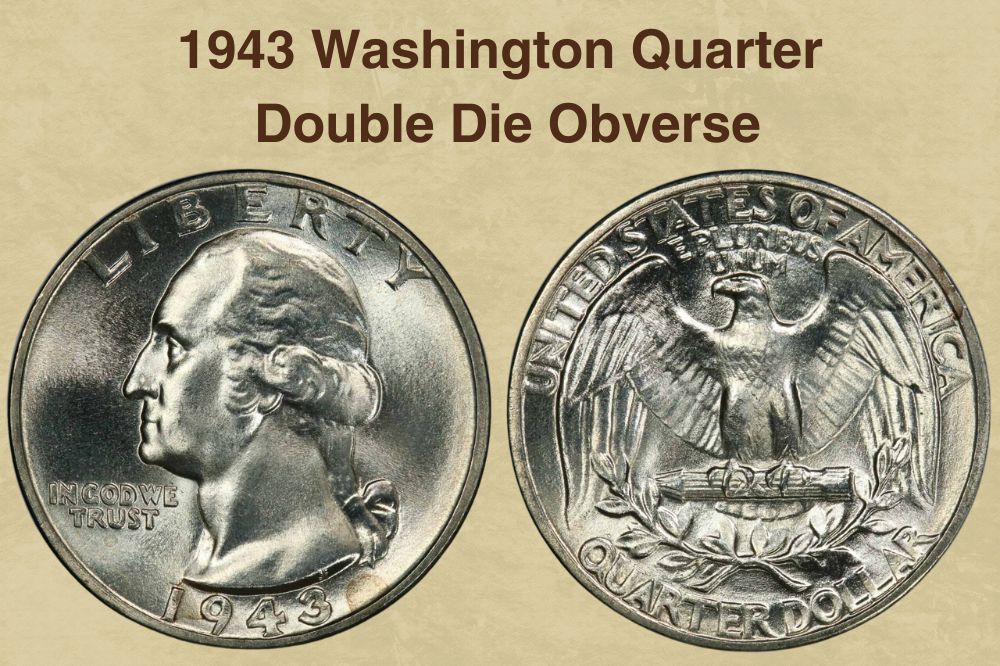
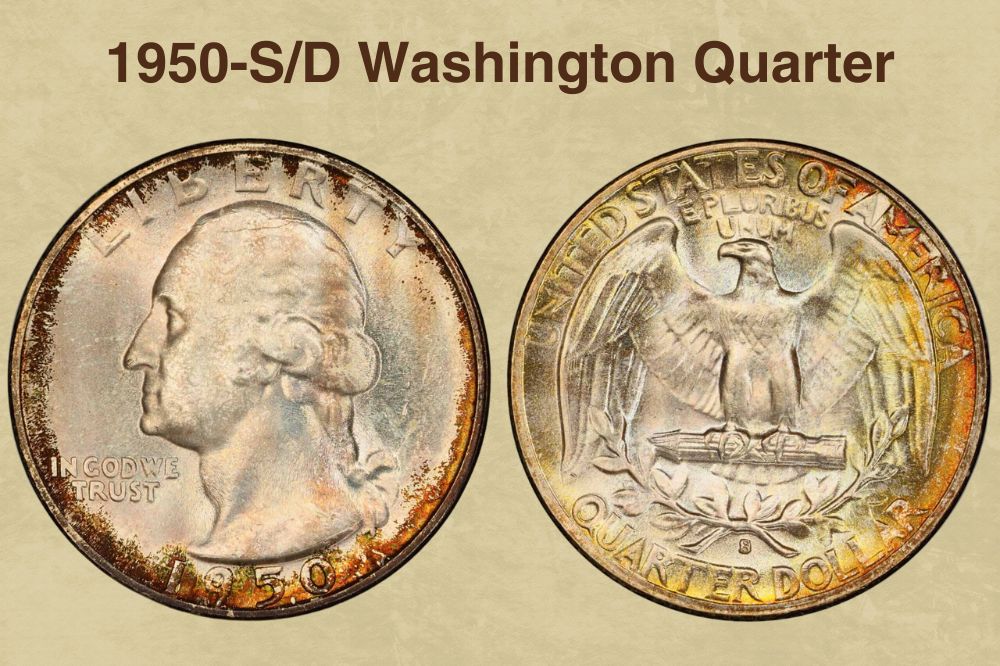
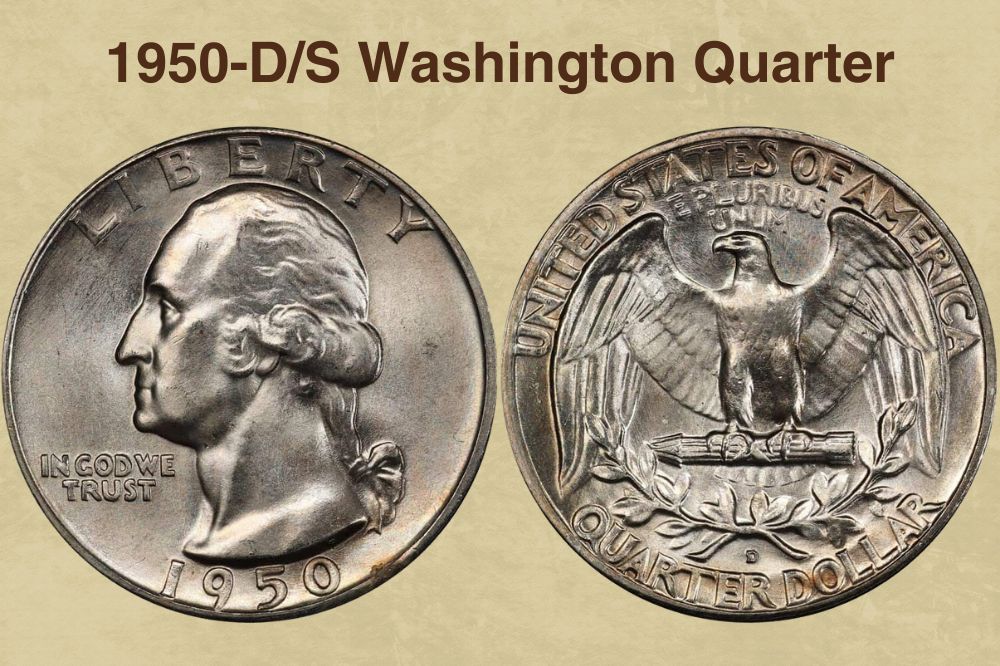
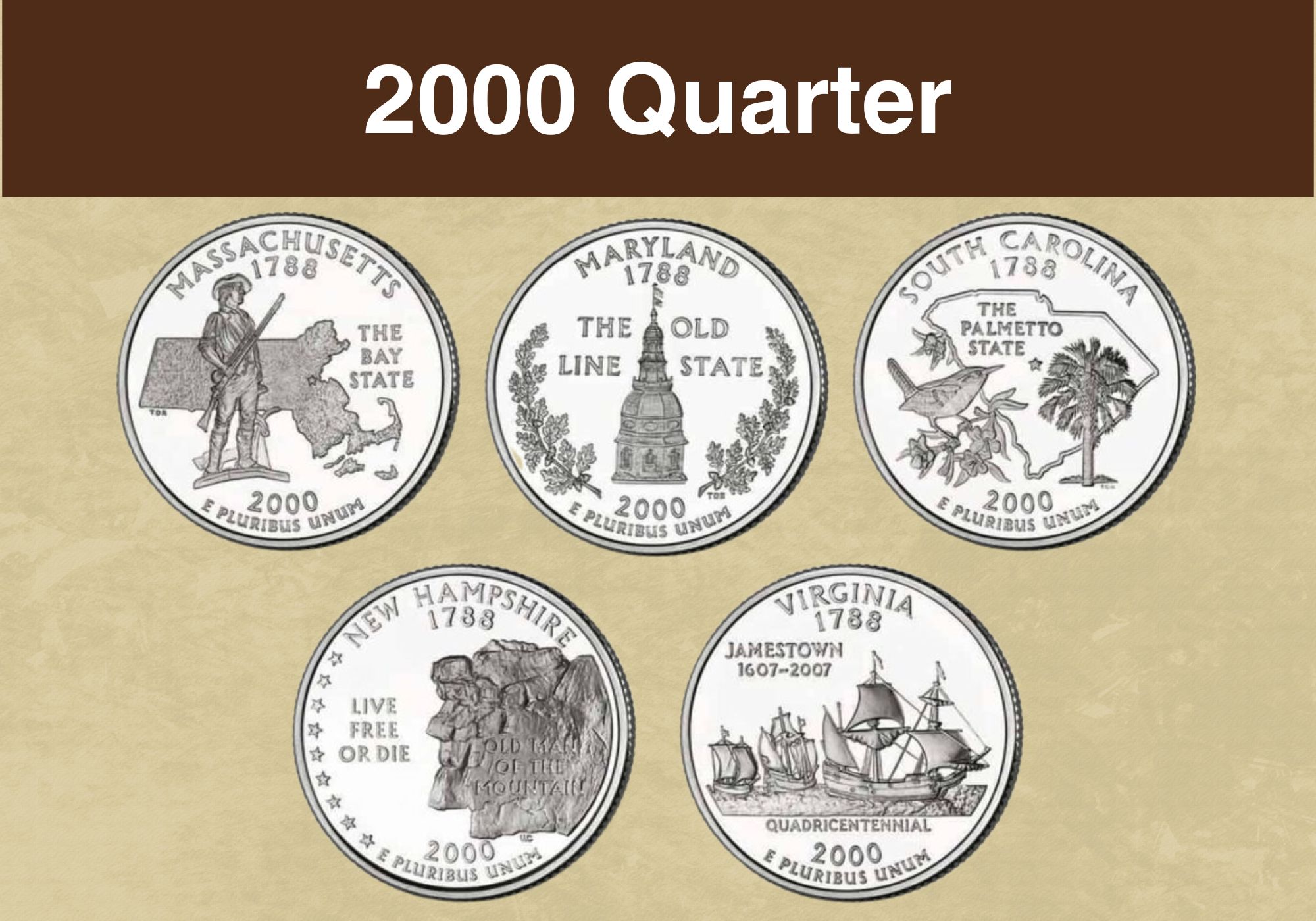
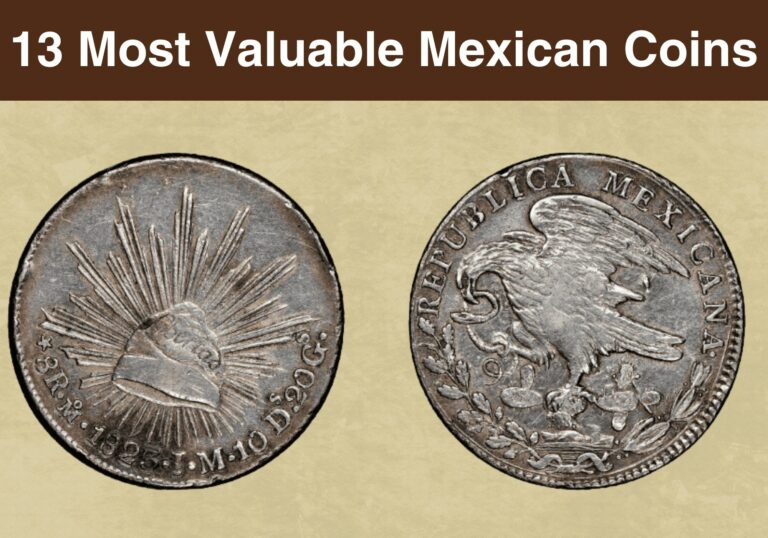
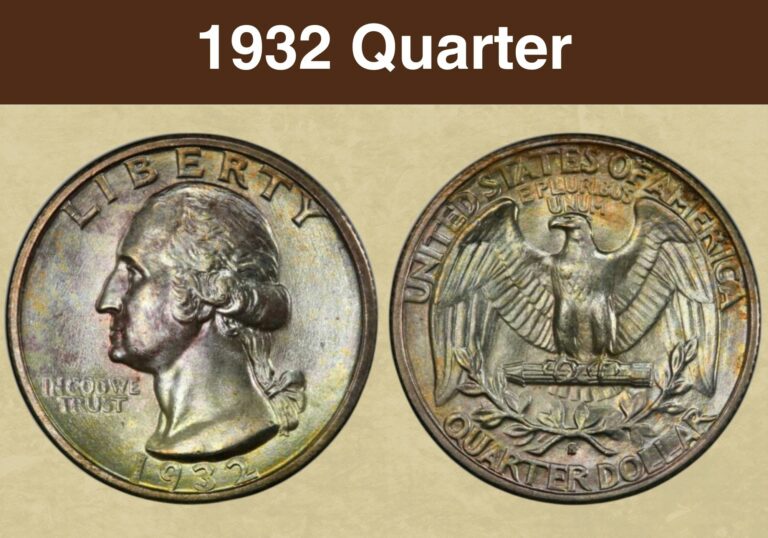
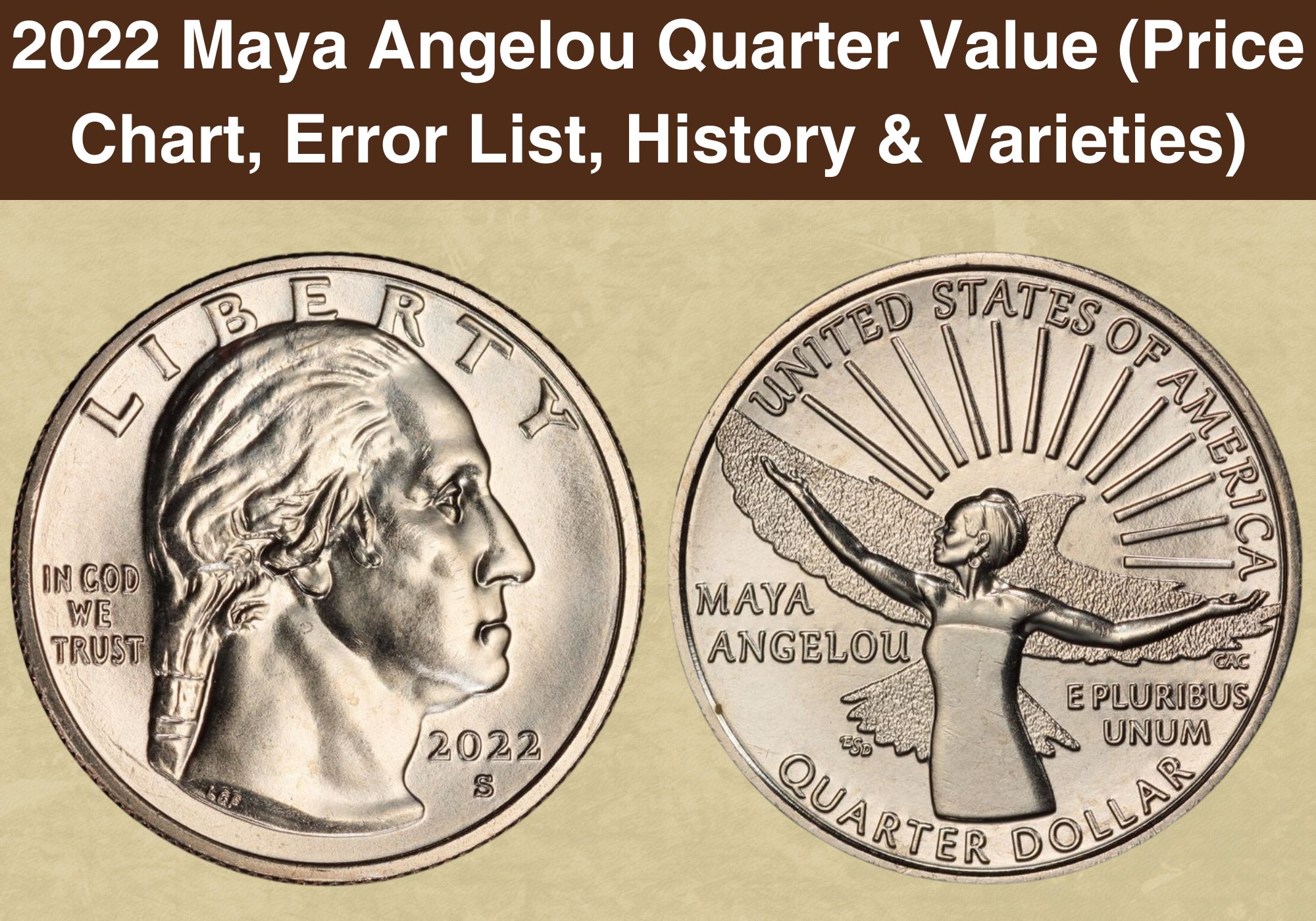
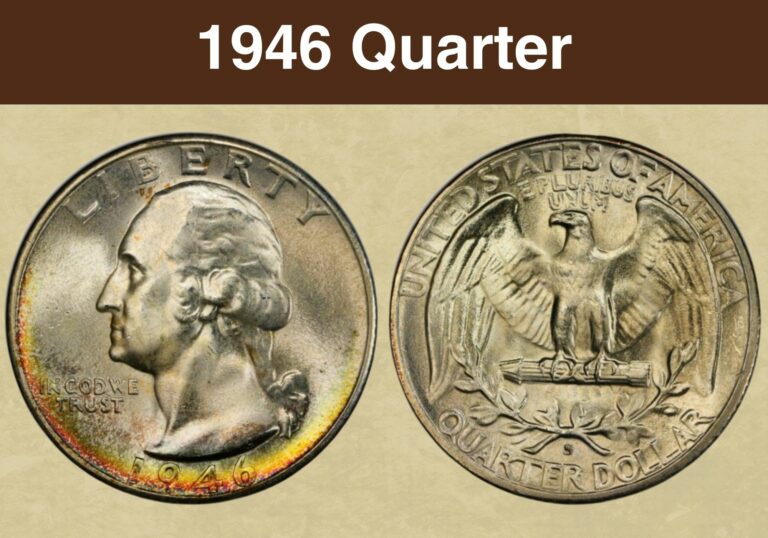
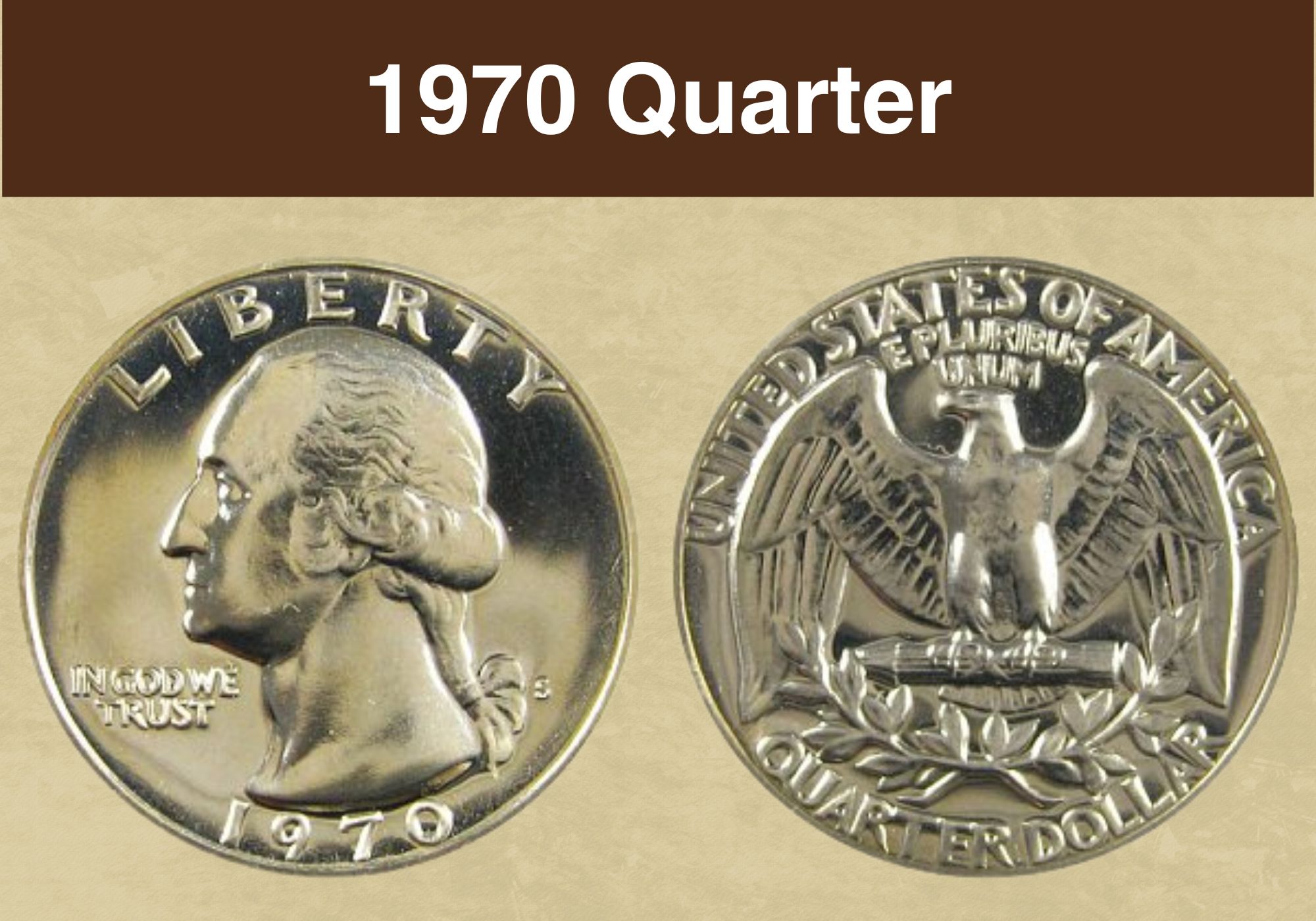
Hi I have a 1965 quarter with no mint mark and around the quarter of smooth how much do you think that is worth please reply thank you